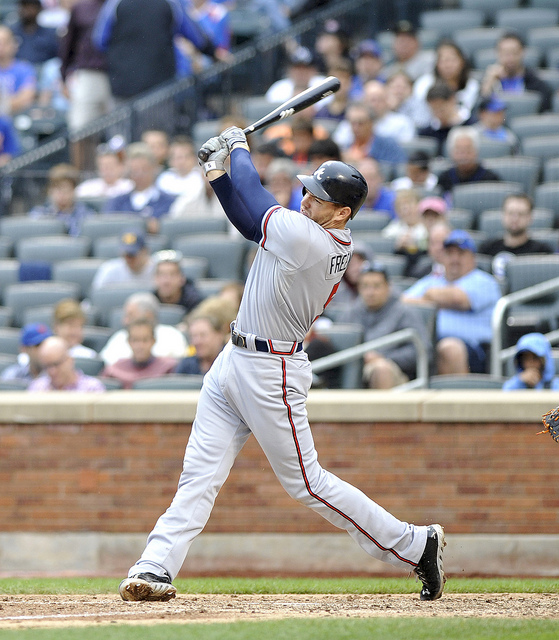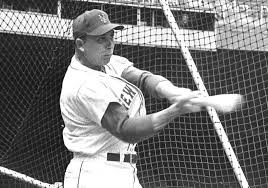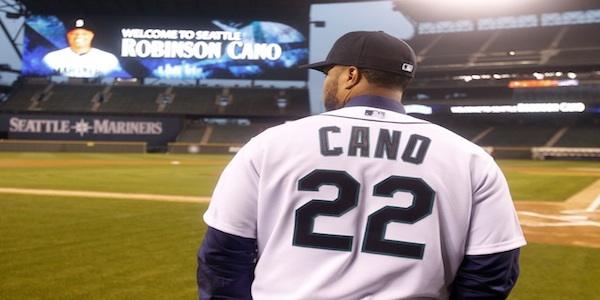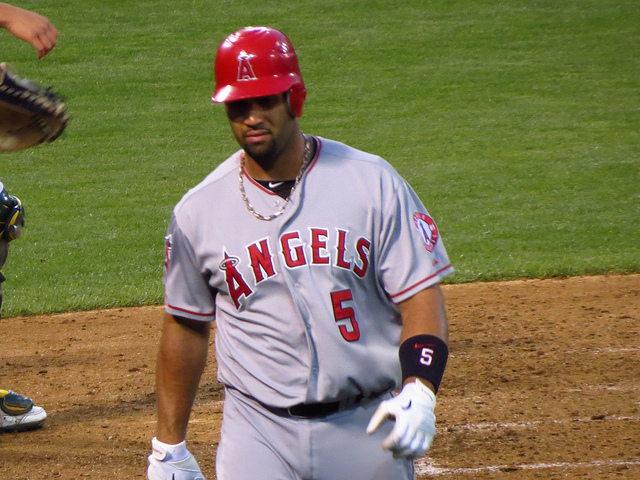2015 Fantasy Baseball: The Fielding Chronicles — First Basemen
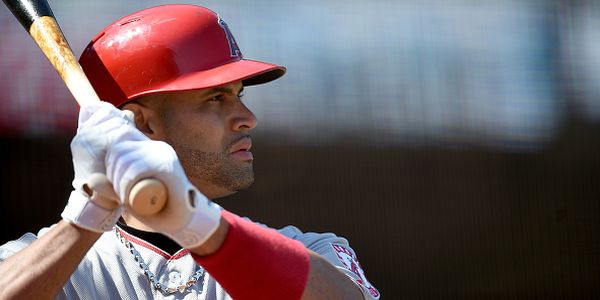
Why should I bother reading this?
Catchers are one thing, but first base is the dumping ground for guys that can’t handle the glove. At least that’s the general consensus. With catchers we looked at all of the current regulars with at least 2000 innings. Since first basemen play more often we can up the ante to 3000 innings. One of things you will notice is that the vast majority of guys with 3000 or more innings is that the vast majority have scores better than average.
The implication is pretty clear. If half of the first basemen have ratings above zero and the vast majority of guys above zero have 3000 or more innings, then teams that have guys below average normally get replaced before they can get that far. So, teams really do care about fielding from their first basemen. Paying attention to fielding really does matter.
How does this fielding thing work?
John Dewan’s Fielding Bible is the system we are using. Fangraphs and Baseball Prospectus have their own fielding systems as well. Billjamesonline keeps track of these numbers on a daily basis. Unfortunately, there is always a lag time between the numbers you see here and the numbers there, but when you are looking over the course of several seasons (or more) the difference is negligible.
What the Fielding Bible System does on Bill James’ site is break down fielding into the different things a fielder must do. So, you can see where a fielder’s weaknesses are in more detail. We won’t go into that here, but you are more than welcome to check it out on your own. Here, we are simply taking a player’s total number of runs saved (above or below average) and calculating it on a per 1000 inning basis. We will also look at his totals from last season to see where he is trending.
The Numbers
| Innings | DRS | DRS/1000 | 2014 | |
| Albert Pujols | 13408 | +143 | +10.67 | +6 |
| Anthony Rizzo | 3997 | +29 | +7.26 | +6 |
| Mark Teixeira | 13639 | +97 | +7.11 | +2 |
| Brandon Belt | 3019 | +14 | +4.64 | +3 |
| Adrian Gonzalez | 12592 | +57 | +4.53 | +12 |
| Joey Votto | 8341 | +36 | +4.32 | +5 |
| Mike Napoli | 3304 | +14 | +4.24 | +7 |
| Paul Goldschmidt | 4235 | +15 | +3.54 | +1 |
| James Loney | 9969 | +35 | +3.51 | -1 |
| Justin Morneau | 11321 | +24 | +2.12 | +8 |
| Ike Davis | 4669 | +5 | +1.07 | -5 |
| Freddie Freeman | 5680 | -1 | -0.18 | -7 |
| Adam Laroche | 12070 | -7 | -0.58 | 0 |
| Eric Hosmer | 5166 | -5 | -0.97 | +3 |
| Chris Davis | 4591 | -6 | -1.31 | +8 |
| Miguel Cabrera | 6467 | -15 | -2.32 | -1 |
| Ryan Howard | 11449 | -55 | -4.80 | -10 |
| Prince Fielder | 11448 | -97 | -8.47 | -2 |
The Good
Just like Yadier Molina in the last edition, Albert Pujols has been in a category all to himself. Between 2005 and 2009, Pujols finished either first or second amongst first basemen in defensive runs saved. While the coaches may hand out Gold Gloves like they are candy, that streak was incredible and added to his tremendous overall value. To put it in perspective, we should take a look at his ranking among all-time first basemen in WAR.
Pujols ranks second all-time according to Baseball-reference.com in WAR amongst first basemen. Lou Gehrig is it folks and he might pass him by the end of the 2016 or sometime in 2017 if he produces as he has the last couple of seasons. Even when you look at last season you see he was above average. As long as he is above average he will likely continue to play first base everyday even if he is just average at the plate.
The Bad
The Tigers have long since abandoned the idea of quality fielding. Heck, they moved Miguel Cabrera to third base a couple of seasons ago for crying out loud. They had Cabrera and Prince Fielder in the same infield. Phone booths have more range. At first, Cabrera is not horrible, but the minute he starts to lose it offensively he will likely start losing playing time. Luckily for Cabrera owners, that doesn’t appear to be happening any time soon.
The same could be said for Chris Davis and Eric Hosmer. Davis has moved around the diamond because the Orioles want to find a place to put his bat. Once his bat stops producing big numbers he likely will lose his spot in the lineup. Hosmer is an example of how the numbers can be deceiving. If you look at the overall numbers you would believe that he was below average, but in fact he is now a solid fielding first sacker. He had some brutal seasons early on, but his 2014 numbers are more representative of what he is now.
The Ugly
Philadelphia is not exactly a hotbed of sabermetric thought. Baseball Prospectus postulated in last year’s annual (2014) that they couldn’t even speak the language. Ryan Howard is at the epicenter of all of this in Philadelphia. He is making all kinds of money to be a barely replacement level player. Of course, Ruben Amaro might or might not even know what replacement level even means. He probably still looks at a guy that hits 20+ home runs and drives in 90 or more runs and think there is still value there. There’s a reason why no one wants him and it has more to do with his lack of flexibility (he’s probably a DH at this point) than his batting average.
Still, it probably isn’t too much of a surprise to see Prince Fielder at the bottom spot. Like Howard, he was a feared hitter not too long ago, but those days may be gone. Unlike Howard, he is still somewhat productive at the plate, so the Rangers could get by with playing him at DH and playing Mitch Moreland at first. Still, that huge salary is probably hard for them to swallow.


